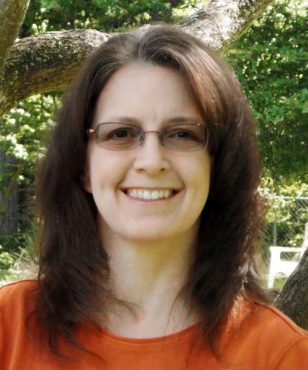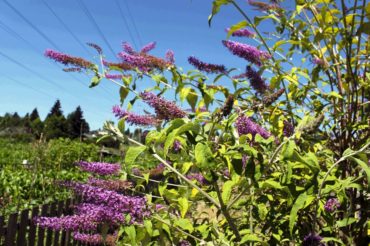
As a gardener and homeowner, I consider myself a steward of the environment, and with that comes the responsibility of choosing plants for my home landscape that are not invasive or noxious.
Noxious weeds are non-native plants that were introduced in the State of Washington by individuals who planted them as ornamentals, and they now pose a threat to public lands, agriculture, wildlife, salmon habitat and shorelines. If you’re a homeowner or business owner, you could very likely have noxious weeds growing on your property, but there are measures you can take to prevent them from spreading.
The Washington State Noxious Weed Control Board (NWCB) maintains a list of noxious weeds to help landowners identify them. The list is categorized into three classes.
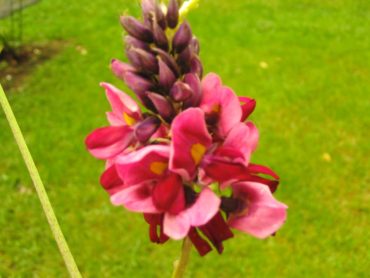
Class A weeds are highly invasive species that by law have to be eradicated from all private and public land in the state. All Class A weeds such as giant hogweed, kudzu, eggleaf spurge, smooth cordgrass and wild four o’clock are prohibited from being sold or traded in Washington state.
Class B weeds are not yet widespread and are being successfully controlled at the local level. Examples include butterfly bush, hoary alyssum, water primrose, yellow archangel and several types of hawkweed.
Class C are widespread and not regulated, but can pose a threat if they are not kept under control. Some Class C plants still grown as ornamentals include oxeye daisy, pampas grass, common St. John’ s wort, English ivy, fragrant waterlily, Himalayan blackberry and yellow flag iris.
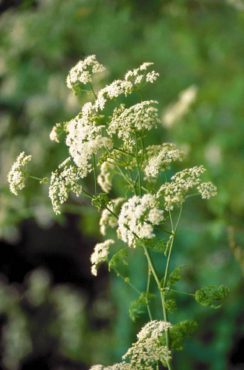
The Kitsap County Noxious Weed Control Board has targeted the following 12 noxious weeds as the “dirty dozen” to be their focus of control and eradication currently:
- English ivy
- Scotch broom
- Butterfly bush
- Fragrant water lily
- Knotweeds
- Knapweeds
- Purple loosestrife
- Tansy ragwort
- Gorse
- Giant hogweed
- Policeman’s helmet
- Poison hemlock
The NWCB also maintains a “monitor list” of plants thought to be invasive and potential threats to Washington state. The monitor list includes bachelor’s button, English holly, creeping Jenny, periwinkle and water hyacinth.
If you have Class A plants on your property, you are required by law to remove them. Hand pulling, cutting and killing the plants with herbicides are the most effects methods of removal.
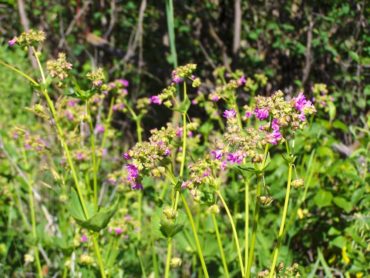
If you choose to keep Class B or C noxious weeds — or any from the monitored list — on your land, you might be able to manage them by cutting the stems before they flower or cutting the flower heads before they go to seed.
The NWCB recommends discarding all parts of noxious weeds in the garbage rather than composting them. This helps avoid redistributing seeds that did not die during the composting process.
Contact your county’s Noxious Weed Control Board for assistance or more information on how to safely remove noxious weeds.
Whether you are looking for plants to add your landscape or want to know which plants to remove, the NWCB lists can be a helpful tool. The following websites provide information on noxious weeds identified in Kitsap, Mason and Pierce counties.
Kitsap: extension.wsu.edu/kitsap/nrs/noxious
Mason: extension.wsu.edu/mason
Pierce: www.piercecountyweedboard.org




